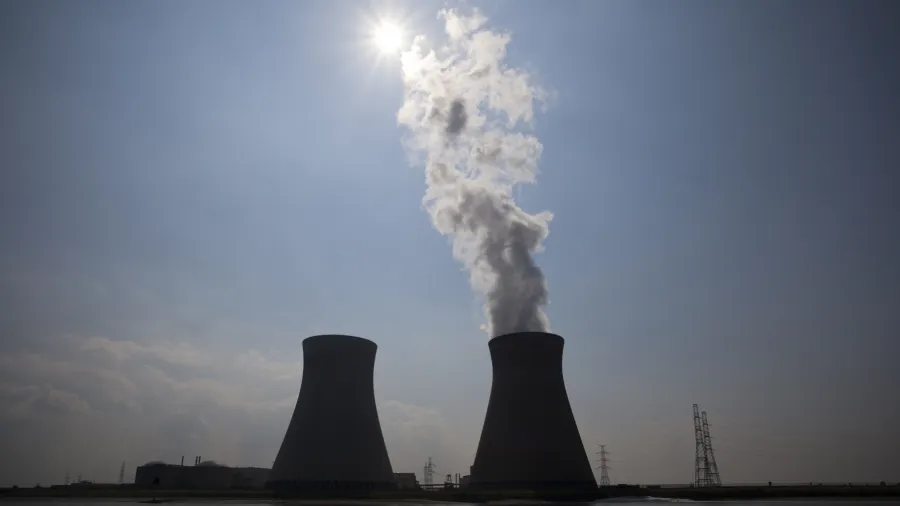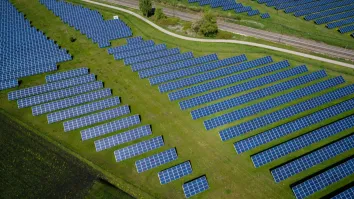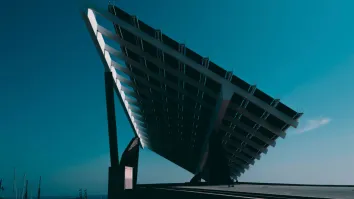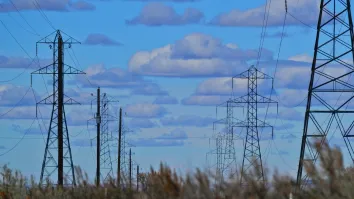
Increased investments could lower SMR cost to competitive levels by 2050
SMRs can be a viable competitor with renewable energy, Wood Mackenzie noted.
Increasing investments in advanced nuclear technologies, such as small modular reactors could lower costs to a competitive level, Wood Mackenzie reported.
“We project that by 2030, SMR costs can fall quickly to be competitive with abated thermal capacity,” David Brown, director, Energy Transition Service for Wood Mackenzie, said.
“By 2050, SMR costs could fall even further to be competitive with thermal capacity.”

Brown noted this could also improve time to market and make nuclear a “viable competitor” with renewables.
As nuclear capacity is expected to grow, Wood Mackenzie also forecast increased demand for uranium.
The demand will in particular remain flat until 2030, but then nearly double to meet its energy transition outlook and triple to meet its accelerated energy transition 2 scenarios.
Read more: Policy support for nuclear power expands in 2022
Wood Mackenzie noted there is enough uranium to meet this demand, but may be challenging for markets, such as Russia.
“Russia’s invasion of Ukraine will put additional focus on the fuel cycle. Europe and the other markets that rely on Russian uranium will seek to maximise the use of spent nuclear fuel and procure new uranium supply at the lowest possible cost,” Brown said.
“Considerations such as plant age, utilisation, uranium availability and the energy density of recycled and new uranium all influence supply optimisation.”



















 Advertise
Advertise






